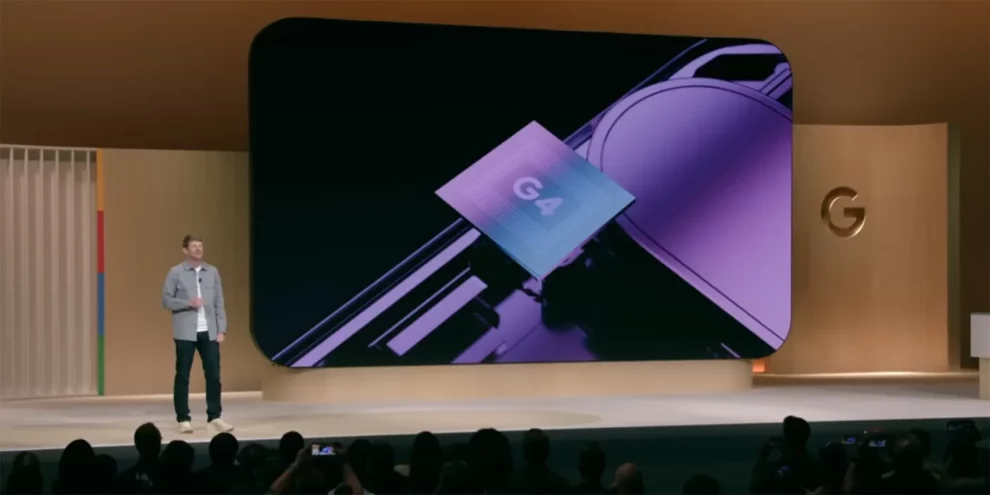What was initially believed to be Google’s upcoming Tensor G5 processor in recent benchmark leaks has been identified as an experimental variant of the Tensor G4. This revelation provides valuable insight into Google’s chip development process and sets the record straight about the company’s future smartphone processors.
The confusion arose when a mysterious Google chip appeared in Geekbench 6’s database, showing unexpectedly low performance scores that raised eyebrows among tech enthusiasts. However, reliable insider @Richard_Milier has now revealed that the tested chip was actually an early Tensor G4 prototype featuring a different configuration, specifically designed to test and compile new GPU drivers ahead of the final build.
This clarification is particularly significant given the anticipation surrounding Google’s chip development efforts. The actual Tensor G5, intended for the Pixel 10 series expected in late 2025, is still in development, with an ASOP developer at Google confirming that the chip’s final layout has yet to be determined. This information should reassure potential Pixel 10 customers who might have been concerned by the initially reported benchmark results.
A key factor in identifying the mischaracterization was the chip’s GPU configuration. The benchmark showed a PowerVR GPU, but according to @Richard_Milier, Imagination Technologies, the company responsible for the PowerVR DXT-48-1536 GPU expected in the actual Tensor G5, has not yet updated the necessary drivers. This PowerVR GPU, which is said to run at 1.10GHz and support features like ray tracing and virtualization, couldn’t have been operational in a Geekbench 6 test at this stage.
The confusion was understandable given recent reports that the Tensor G5 had reached tapeout status, suggesting readiness for mass production. This status, combined with Google’s typical timeline of early chip testing months before release, made the benchmark appearance seem plausible at first glance.
This development provides an interesting glimpse into Google’s chip development process. The company appears to be exploring various configurations and components for its custom processors, including testing different GPU solutions. This experimentation suggests Google’s commitment to improving its custom silicon, which has historically faced challenges in benchmark performance compared to competitors.

Google’s Tensor series has consistently prioritized specific use cases and AI capabilities over raw benchmark numbers. While previous Tensor chips have typically shown lower scores in single-core and multi-core tests compared to contemporary flagship processors, they have distinguished themselves through specialized features and artificial intelligence capabilities optimized for Google’s software ecosystem.
The revelation about this test chip being an experimental G4 variant rather than the G5 also highlights the complexity of modern chip development. Companies often test multiple configurations and components before finalizing their designs, and these development versions can sometimes appear in public benchmarks, leading to potential misinterpretation of their significance.
Looking ahead, the actual Tensor G5’s development appears to be progressing along a different path than what the leaked benchmarks suggested. With the chip’s final layout still in flux and the intended PowerVR GPU integration yet to be implemented, there’s reason to believe the finished product could offer significantly different performance characteristics than what was initially reported.
This incident serves as a reminder of the importance of careful verification in tech reporting, particularly regarding preliminary benchmarks and leaks. As the development of the Tensor G5 continues, the tech community will undoubtedly watch closely for more accurate indicators of its capabilities and performance potential for the future Pixel 10 series.
The story underscores the ongoing evolution of Google’s custom silicon strategy and its efforts to create chips that balance performance, efficiency, and specialized capabilities for its Pixel device lineup. As more verified information becomes available about the actual Tensor G5, it will provide a clearer picture of Google’s progress in this crucial aspect of its hardware development.
















Add Comment